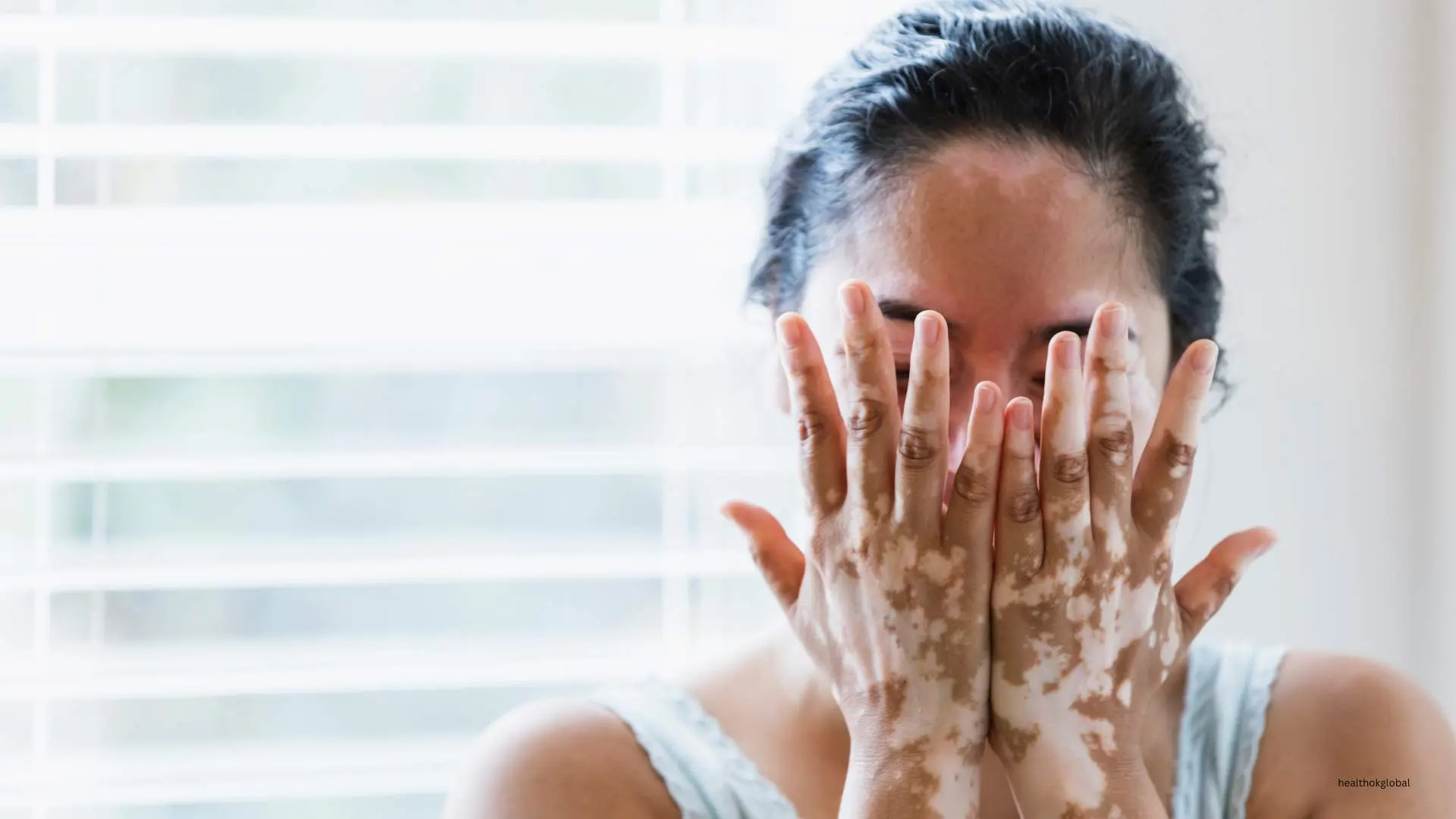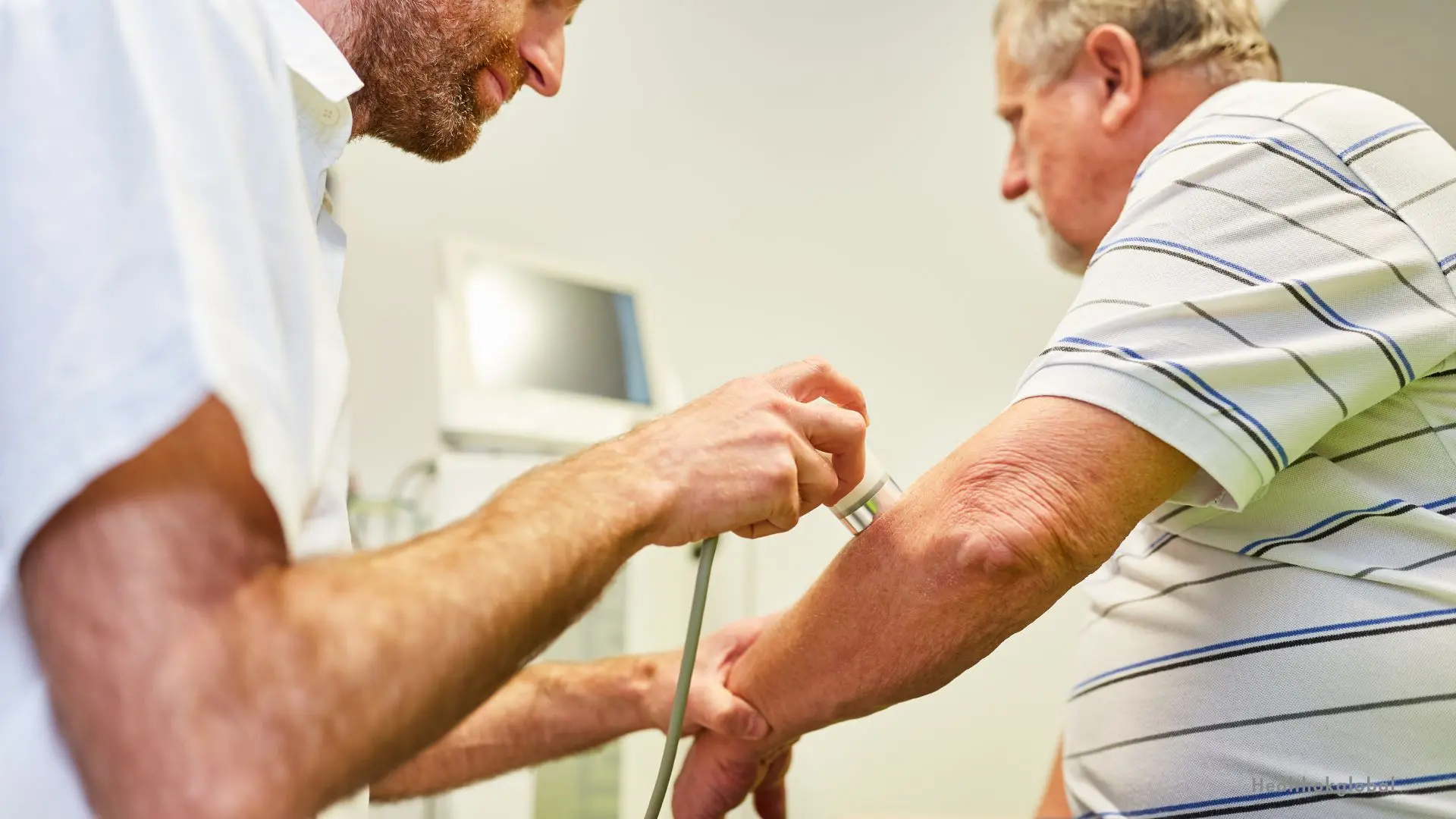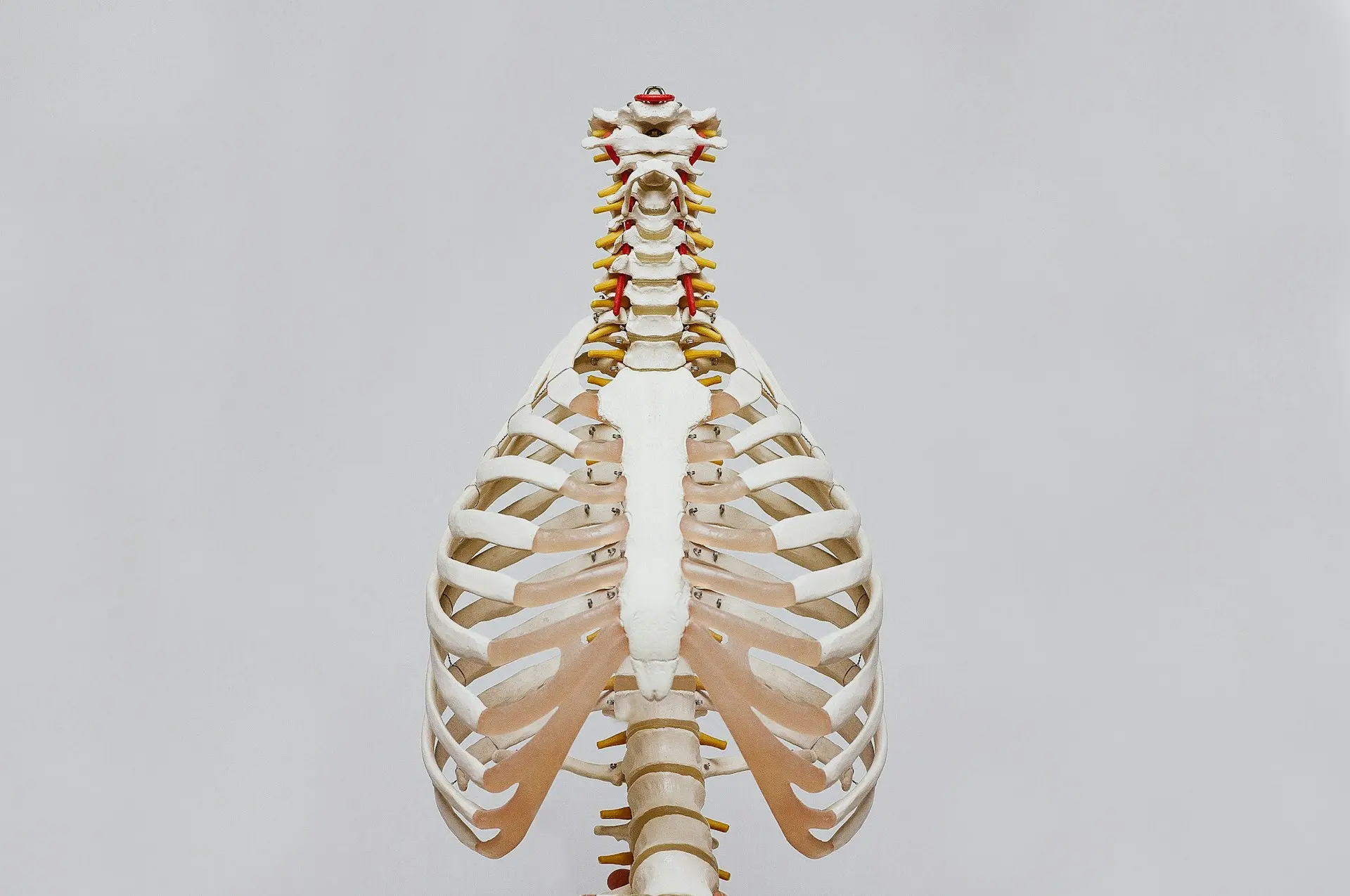Vitiligo is a skin condition characterized by the loss of pigmentation, resulting in white patches on the skin.

Blog
Ayurvedic Remedies for Vitiligo: Natural Treatments for Skin Health
Vitiligo is a skin condition characterized by the loss of pigmentation, resulting in white patches on the skin. This condition occurs when melanocytes, the cells responsible for skin color, are destroyed. While modern medicine offers treatments such as phototherapy and corticosteroids, Ayurveda provides natural remedies that can help manage and treat vitiligo effectively. This blog explores Ayurvedic cures for vitiligo, focusing on natural treatments and remedies to restore skin pigmentation and improve overall skin health.
Vitiligo is a chronic condition that affects the skin and mucous membranes. It can appear on any part of the body, including the face, hands, feet, and genitals. The exact cause of vitiligo is not fully understood, but it is believed to be an autoimmune disorder where the body's immune system attacks and destroys the melanocytes. Genetics, environmental factors, and stress are also thought to play a role in its development.
In Ayurveda, vitiligo is known as 'Shwitra' or 'Kilas.' According to Ayurvedic principles, vitiligo is caused by an imbalance in the body's doshas, particularly Pitta and Kapha. This imbalance affects the body's tissues and disrupts the production of melanin. Ayurvedic treatment aims to restore balance to the doshas, improve digestion, and detoxify the body to promote healing and pigmentation.
Ayurveda emphasizes the importance of a balanced diet to manage vitiligo. Certain foods can help restore pigmentation and improve skin health:
Include a variety of fresh, green vegetables in your diet to support overall health and immunity.
Citrus fruits may aggravate Pitta dosha and should be avoided. Opt for fruits like apples, pears, and pomegranates instead.
Whole grains such as brown rice, quinoa, and oats provide essential nutrients and support digestive health.
Spicy and fried foods can exacerbate vitiligo symptoms. Stick to mild, easily digestible foods.
Ayurvedic herbal remedies can help stimulate melanin production and restore skin pigmentation. Key herbs used in the treatment of vitiligo include:
Bakuchi is known for its ability to stimulate melanin production. Applying Bakuchi oil or paste to the affected areas can promote repigmentation.
Neem has anti-inflammatory and immunomodulatory properties. Consuming neem leaves or applying neem oil can help manage vitiligo.
Turmeric's anti-inflammatory and antioxidant properties make it a valuable remedy for vitiligo. Mixing turmeric with mustard oil and applying it to the skin can improve pigmentation.
Ginger juice applied to the affected areas can enhance blood circulation and promote melanin production.
Certain lifestyle changes can support the Ayurvedic treatment of vitiligo and improve overall health:
Stress can exacerbate autoimmune conditions. Practice stress-reducing techniques such as yoga, meditation, and deep breathing exercises.
Keep the affected areas clean and dry to prevent infections and further complications.
Use natural, gentle skincare products to avoid irritation and allergic reactions.
Protect your skin from excessive sun exposure by wearing protective clothing and using natural sunscreen.
Ayurvedic therapies can help detoxify the body, balance the doshas, and promote healing. Some effective therapies for vitiligo include:
Panchakarma is a detoxification therapy that involves a series of treatments to cleanse the body and balance the doshas. It includes procedures such as Vamana (emesis), Virechana (purgation), and Basti (enema).
Abhyanga is a therapeutic oil massage that improves circulation, nourishes the skin, and helps balance the doshas.
Nasya involves administering herbal oils through the nasal passages. It helps detoxify the sinuses and improve overall health.
Shirodhara is a therapy that involves pouring warm herbal oil over the forehead. It helps calm the mind and balance the nervous system.
Ayurvedic remedies offer a natural and holistic approach to managing vitiligo. By incorporating dietary changes, herbal remedies, lifestyle modifications, and Ayurvedic therapies, individuals can promote repigmentation and improve skin health. It is important to consult with an Ayurvedic practitioner to develop a personalized treatment plan that addresses your specific needs and health conditions. Embracing Ayurveda can lead to long-term relief and overall well-being.
Vitiligo is a chronic condition that affects the skin and mucous membranes. It can appear on any part of the body, including the face, hands, feet, and genitals. The exact cause of vitiligo is not fully understood, but it is believed to be an autoimmune disorder where the body's immune system attacks and destroys the melanocytes. Genetics, environmental factors, and stress are also thought to play a role in its development.
In Ayurveda, vitiligo is known as 'Shwitra' or 'Kilas.' According to Ayurvedic principles, vitiligo is caused by an imbalance in the body's doshas, particularly Pitta and Kapha. This imbalance affects the body's tissues and disrupts the production of melanin. Ayurvedic treatment aims to restore balance to the doshas, improve digestion, and detoxify the body to promote healing and pigmentation.
Certain lifestyle changes can support the Ayurvedic treatment of vitiligo and improve overall health:
Need Personalized Health Guidance?
Get expert advice tailored to your specific health needs from our qualified healthcare professionals.




